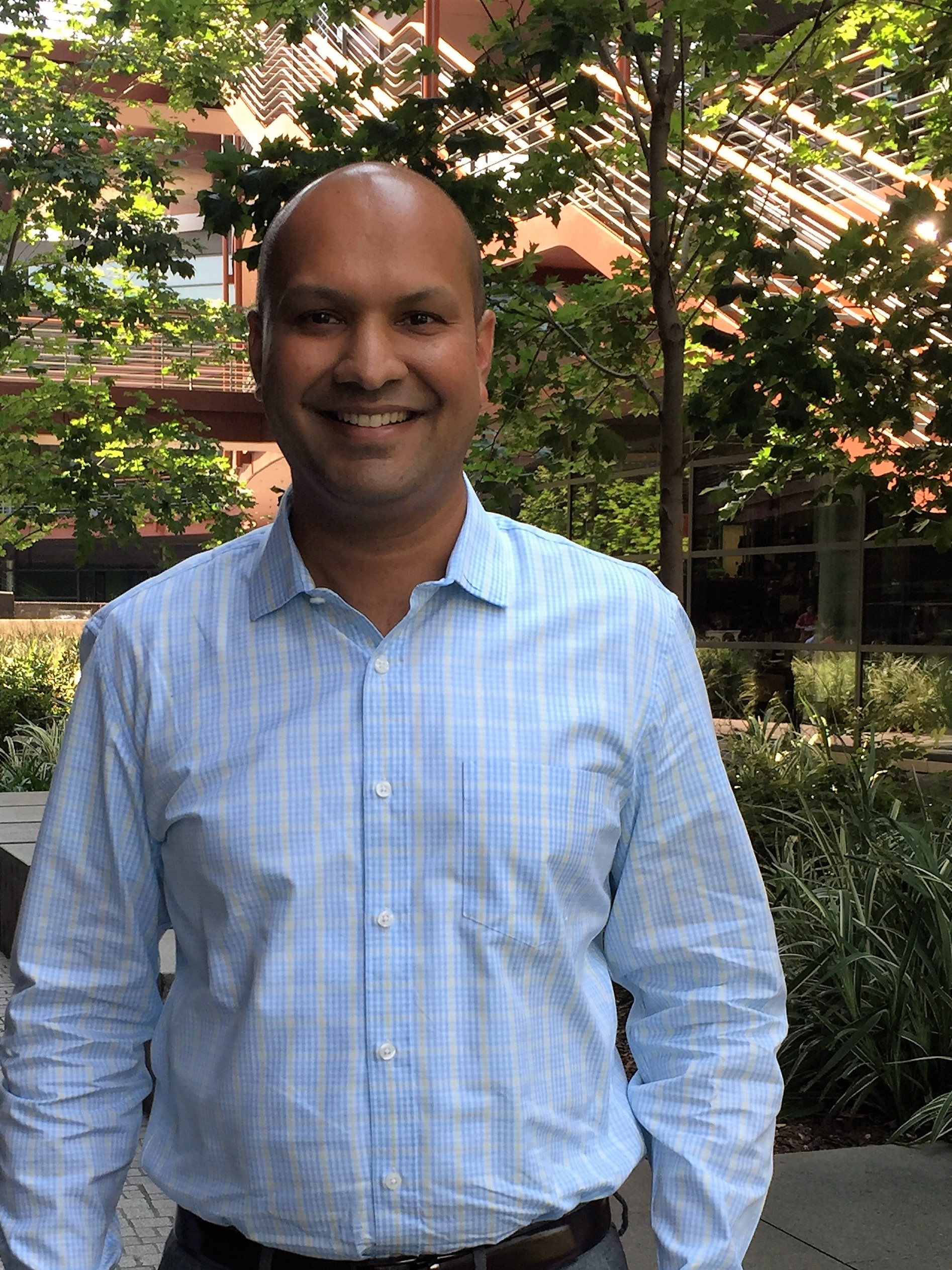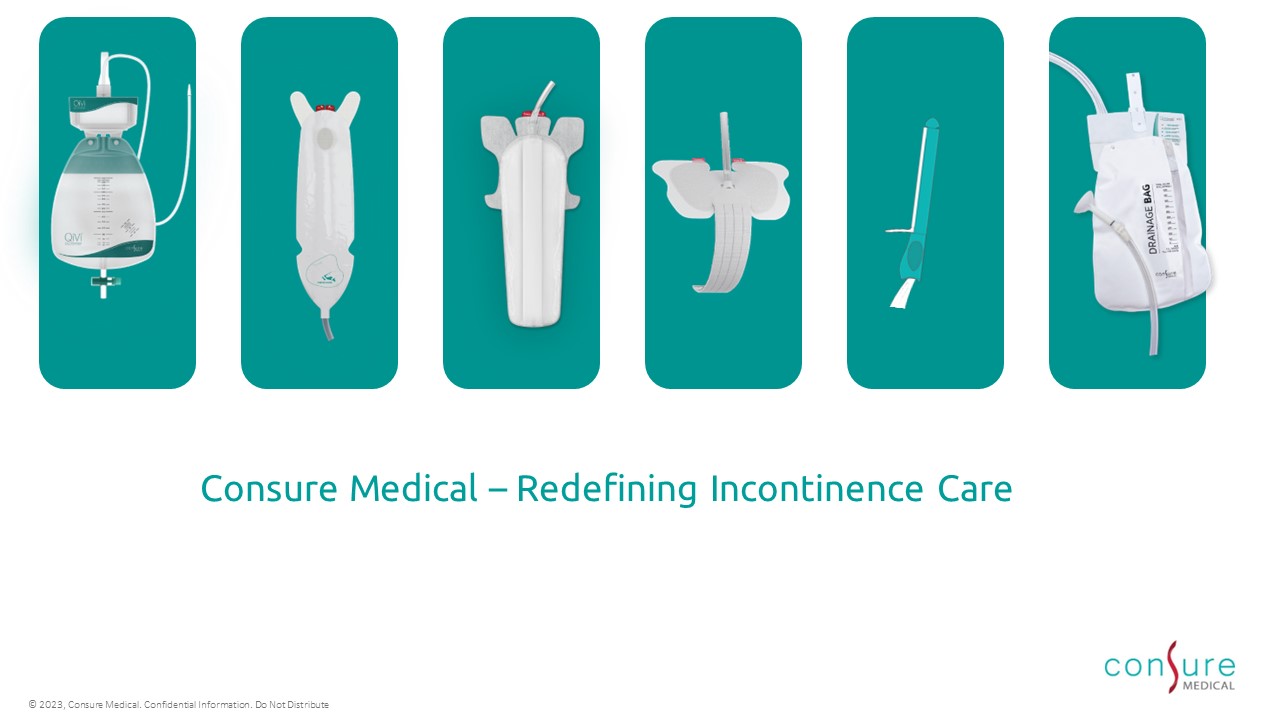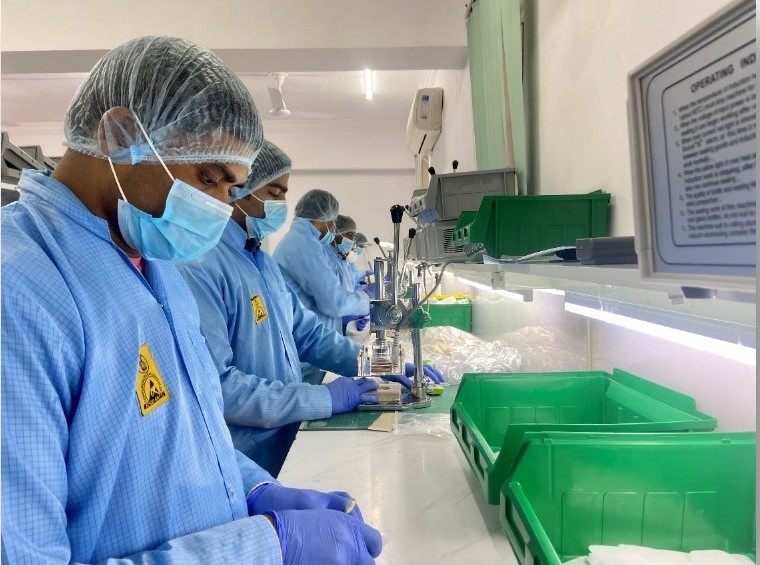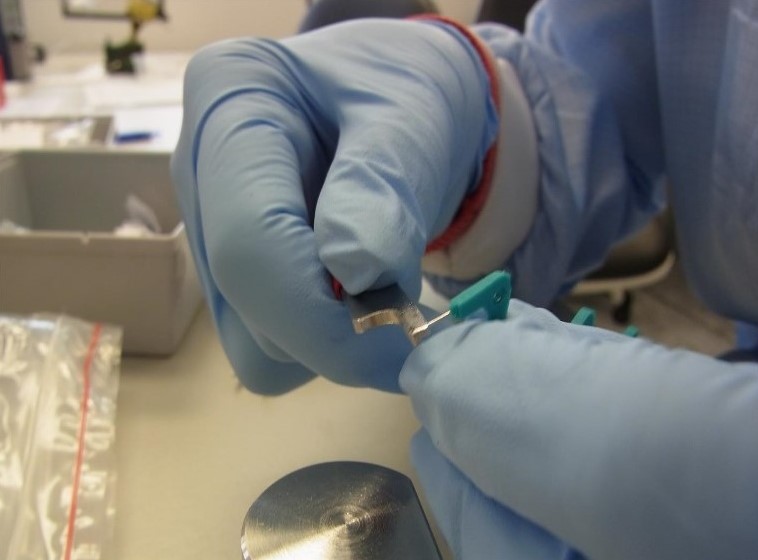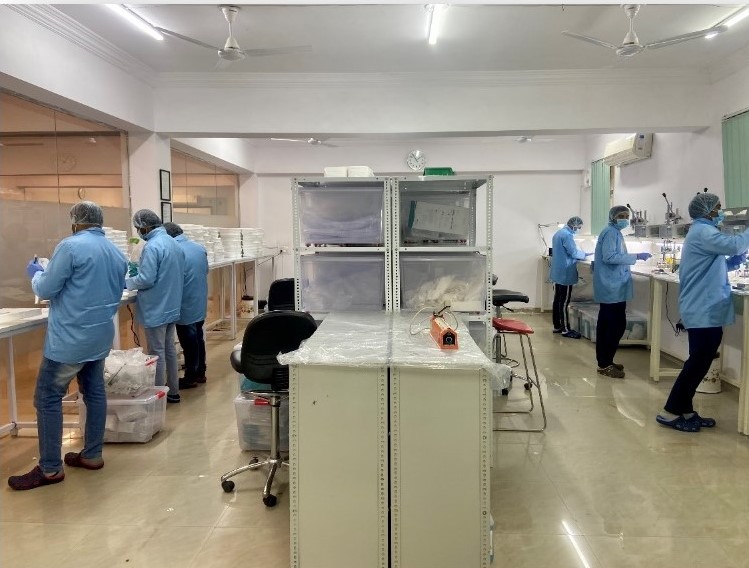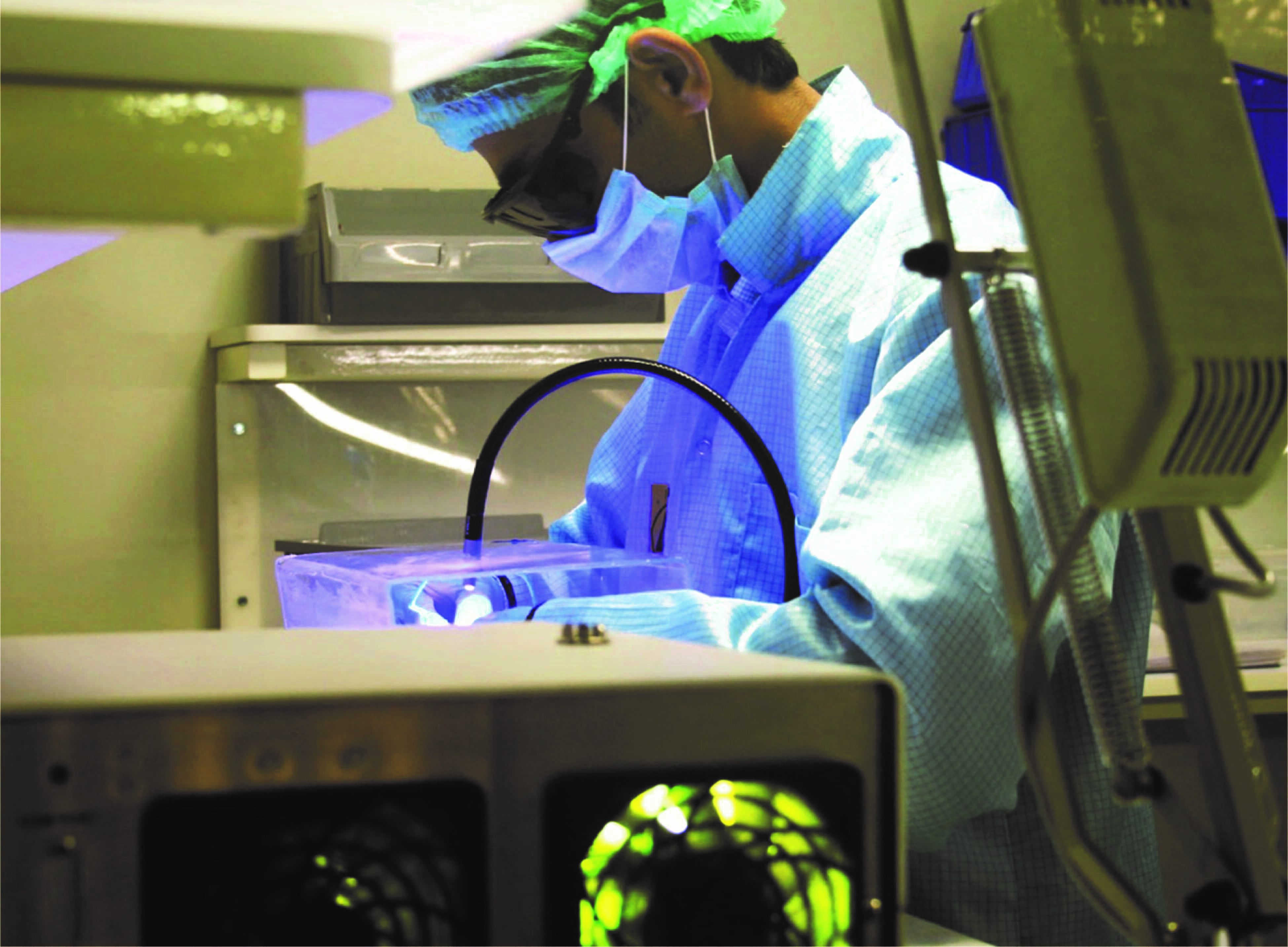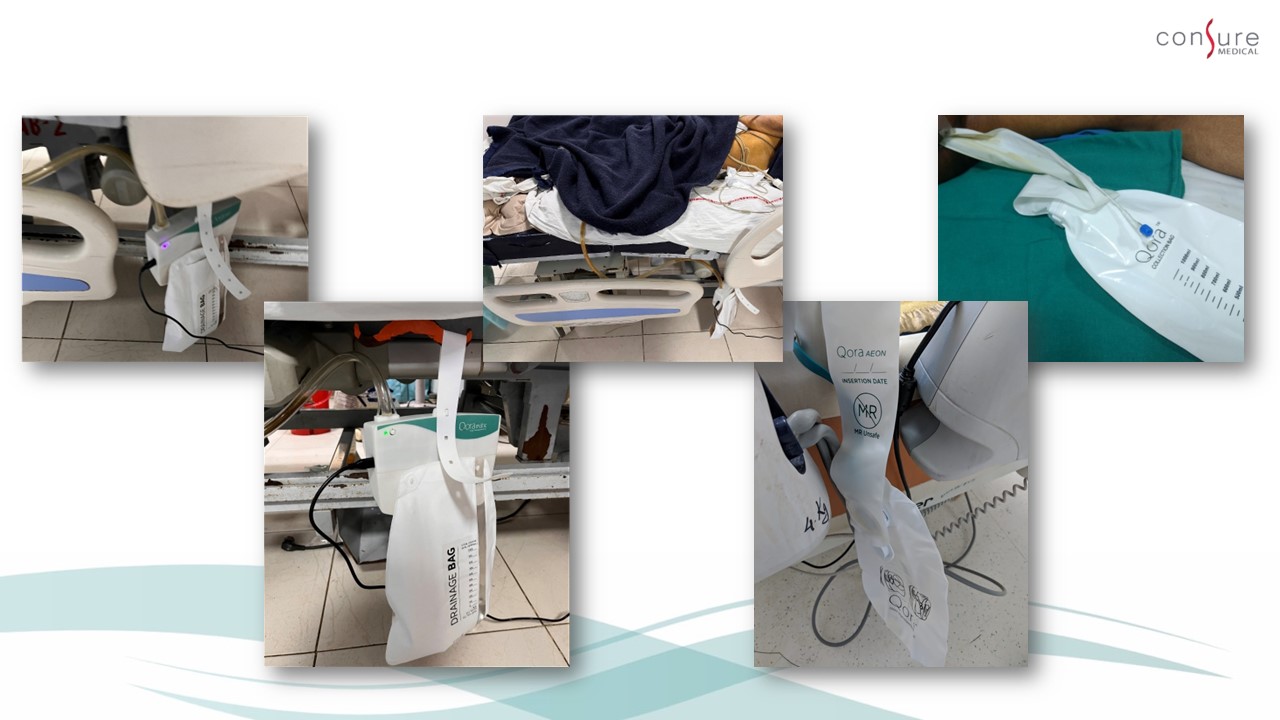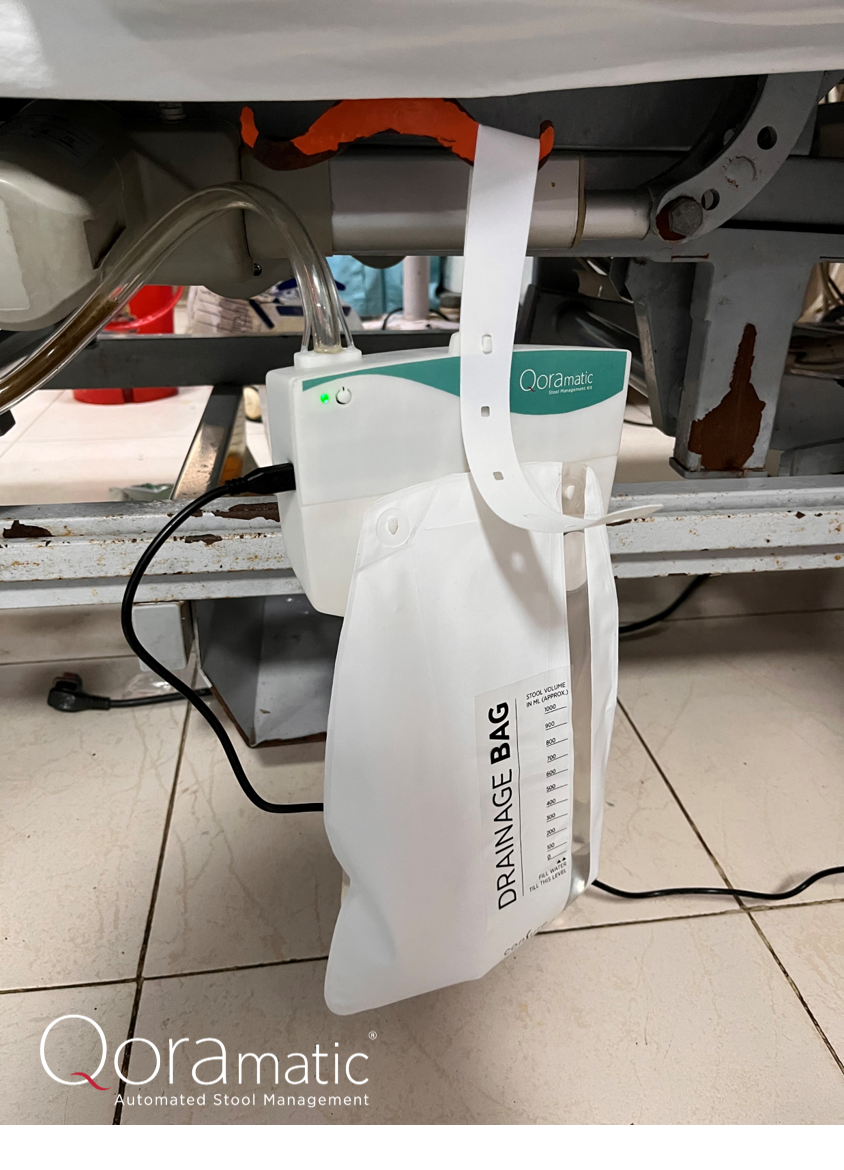Technologies
ConsureImproving Incontinence Management:
An Interview with Nish Chasmawala of Consure Medical
What is the need you set out to address?
Nish: When we were fellows in the Stanford-India Biodesign program, we started our training at Stanford. During our clinical immersion, one of our team members had to fly back to India because his mom experienced a stroke. He was a well-connected cardiologist, so he was able to arrange for her to receive the best available care. But one common side effect of stroke is fecal incontinence, and there was very little anyone could do to help his mother and family effectively manage this challenge. When he came back to rejoin the fellowship, he shared this personal experience as an area of unmet need. As it turned out, while he was away, we observed the same issue at Stanford Hospital. So, we were able to connect the dots around a big unmet need related to the management of incontinence that spanned a wide range of hospital environments.
"…we were able to connect the dots around a big unmet need related to the management of incontinence that spanned a wide range of hospital environments."
What key insight was most important to guiding the design of your solution?
Nish: The first generation of our product was a first-of-its-kind device to improve the management of fecal incontinence using a hygienic applicator and pliable stent to divert feces away from the body. This prevented the constant exposure of fecal effluents on the patient’s skin to significantly reduce the risk of infection. It was an effective solution, but we were actively looking for ways to make it even better.
When we would go into the hospital to evaluate the use of our technology or other incontinence solutions in the ICU, we noticed that many devices used suction. There are eight or nine prominent clinical conditions that leverage negative pressure, including secretion management and wound care. But we saw that these devices worked together in such a way that they only needed one plug in a standard two-plug wall outlet – the other wasn’t being used. That got me thinking about if we could power our technology and use suction to move the stool away from the body and into the bag to make things better for the patients, the nurses, and everyone. That ended up being a game-changing insight for us and led to an inflection point in product adoption.
How does your solution work?
Nish: As a result of this insight, we invented the industry’s first-ever automated stool management kit, called Qoramatic, which uses negative pressure suction to divert fecal output. Qoramatic has three main components: a soft indwelling silicone receptacle that exerts zero radial pressure on rectal mucosa and is connected to a transit tube; a matic hub that automatically controls the in-built irrigation and suction mechanisms to manage fecal diversion; and a disposable drainage bag with a flatus release valve for odor-proof degassing while collecting the exudate. The device also has an intelligent light indicator for at-a-glance information and easy troubleshooting.
Through a series of clinical studies, we have shown that our product improves clinical outcomes, reduces hospital-acquired infections and complications, and helps ICU nurses save up to 174 minutes per day. The device enables faster, more efficient care by automating irrigation and milking, and by minimizing the need for manual intervention, which substantially reduces the nursing burden.
Qoramatic is one of six unique technologies in the portfolio of active incontinence management products that we offer. Our devices, which address a full spectrum of incontinence needs, are powered [suction-based] and non-powered, for the management of stool and urine, and suitable for use in the acute, sub-acute, and chronic, or home, environments.
At what stage of development is the solution?
Nish: All six products are commercial, and approximately 600 ICUs in the US use one or more of them on a daily or weekly basis. We have regulatory clearance in seven countries, but roughly 90-95% of our business comes from the US. In 2024, we’ll begin to see increased sales in these other geographies, which will be exciting.
Originally, we wanted to develop these products to help patients in India and other emerging markets. However, we realized that they were initially more suitable for environments that measure and track infections and complications more accurately. As we were preparing for our first commercial launch, the US Affordable Care Act was coming into play. As a result, a certain group of hospitals were about to face penalties and incentives linked to hospital-acquired infections and complications. That was a perfect moment for us. We knew our products could help them, so that would help drive adoption.
 Consure Medical co-founder Amit Sharma.
Consure Medical co-founder Amit Sharma.
 This short promotional video, provided by Consure Medical, illustrates how the company's technology is intended to work (see endorsement disclaimer below).
This short promotional video, provided by Consure Medical, illustrates how the company's technology is intended to work (see endorsement disclaimer below).
Tell us about a major obstacle you encountered and how you overcame it.
Nish: In hindsight, I would still choose the need, but I would approach the solution very differently. With the first-generation product, we used traditional ideation techniques to think about how we could leapfrog absorbent pads or balloon catheter-based solutions. The product we eventually released was highly safe and efficacious for the patient. It reduced infections in the hospital by more than 75%, which was unheard of. It reduced the length of hospital stay for patients and saved hospitals anywhere from $25,000 to $300,000 per year.
"In hindsight, I would still choose the need, but I would approach the solution very differently."
The challenge was that the product required extensive training and education for nurses to be able to use it effectively. It wasn’t hard, but there was a learning curve. And nurses were resistant to making the change. In retrospect, instead of going for the perfect solution, we should have considered what compromises would have made it easier for the nurses to adopt.
With the second-generation product, the team had an unofficial mandate to design a solution that nurses could be trained to use via a Tik Tok video – no more than 90 seconds, which is the attention span of the average person. If they can’t learn the product in that amount of time, then it has too many features.
To make this happen, we spent a lot of time looking at the products that nurses use every day and incorporating those form factors into our design. So, the core technology is ours, but the form factors reflect what nurses are used to.
What role did your Biodesign training play in enabling you to design, develop, and/or implement this solution?
I had some experience in medical devices before coming into the fellowship, but Biodesign took me back to the basics. Two things stand out. The first was the importance of spending time in the clinical environment to identify a compelling need with strong market potential. The second was the value of putting together a unique, multidisciplinary team to take the need forward.
What advice do you have for other innovators about health technology innovation?
As a start-up, it’s really hard to do commercialization. Whatever you do, it’s never good enough for your investors, your board, or for overtaking your competition. It’s a constant uphill battle and you just have to stick with it every month, every quarter.
If you’re trying to sell to hospitals in the US, one specific thing I recommend is to learn more about the group purchasing organization – or GPO – landscape. We didn’t do this when we were first getting started. But then we realized that all of these hospitals are part of two- and three-year contracts and the only way to break-in is through the GPOs. That's something I wish I had paid more attention to initially.
Nish Chasmawala and Amit Sharma co-founded Consure Medical out of the 2008 Stanford-India Biodesign program. To learn more, please visit the Consure Medical website.
Disclaimer of Endorsement: All references to specific products, companies, or services, including links to external sites, are for educational purposes only and do not constitute or imply an endorsement by the Byers Center for Biodesign or Stanford University.

